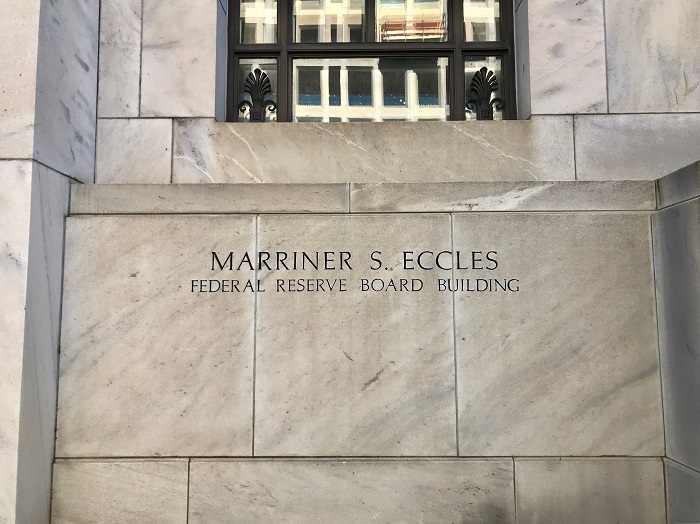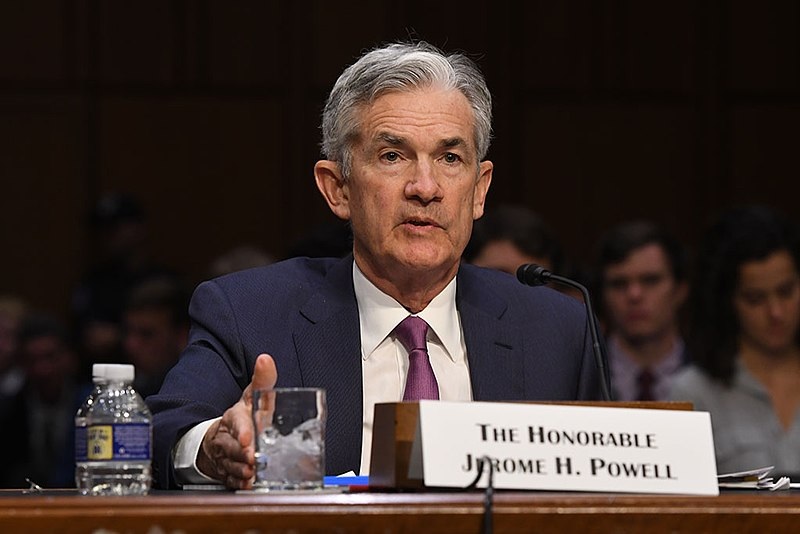economy news online news
By Beiyi Seow
The Federal Reserve could ease its pace of interest rate hikes “as soon as” December, chair Jerome Powell said Wednesday, as the US central bank’s campaign to cool prices trickles through the world’s largest economy. online news
With American households grappling with soaring consumer costs, the Fed has waged an all-out battle to tame inflation that has hit levels not seen since the 1980s — while trying to avoid tipping the United States into a recession.
“The time for moderating the pace of rate increases may come as soon as the December meeting” of Fed policymakers, Powell said in a speech at the Brookings Institution think tank.
He added that the full effects of the bank’s moves are yet to be felt, but also warned that its policy will likely have to remain tight “for some time” to restore price stability.
Monetary policy affects the economy and inflation with “uncertain lags,” he said.
“Thus, it makes sense to moderate the pace of our rate increases as we approach the level of restraint that will be sufficient to bring inflation down,” he added.
He however stressed that the Fed would “stay the course until the job is done,” noting that history cautions strongly against loosening policy prematurely.
Following Powell’s remarks, US stocks rallied, with the tech-rich Nasdaq Composite Index surging more than three percent.
The central bank has raised the benchmark lending rate by 0.75 percentage points four consecutive times in recent months, out of six rate hikes this year in an aggressive effort to rein in prices.
The latest increase in November took the benchmark lending rate to 3.75-4.0 percent, the highest since January 2008.
Soft landing plausible
Policymakers aim to put the brakes on spending by making it more costly to borrow, bringing demand more into balance with supply, which has been battered by global logistics problems and Russia’s war in Ukraine.
For now, there are early signs that prices are cooling, but annual consumer inflation remained at 7.7 percent in October, underscoring the heightened cost of living.
Powell said Wednesday that inflation remains “far too high,” and there is still a need to raise interest rates to a “sufficiently restrictive” level.
Despite tighter policy and slower growth in the past year, there is still not “clear progress” on easing inflation, he said.

But amid fears of a downturn, Powell said he continues to “believe that there’s a path to a soft or softish landing,” referring to a scenario where unemployment rises but the country avoids a severe recession.
“I think that’s very plausible,” he said.
In recent days, there has been a growing chorus of voices, including some Fed officials, advocating for smaller steps in coming months.
In separate remarks on Wednesday, Fed Governor Lisa Cook said “it would be prudent to move in smaller steps” going forward as well, as the Fed tries to bring inflation back to its longer-term target of two percent.
“Given the tightening already in the pipeline, I am mindful that monetary policy works with long lags,” she added.
bys/sst
© Agence France-Presse. All rights are reserved.
Notes from APS Radio News
From the early part of March 2020 to April 15, 2022, the US Federal Reserve had been increasing its holdings by nearly $5 trillion dollars.
It did this each month of that period by buying billions of dollars of corporation and government bonds, in effect, infusing massive amounts of money into the economy.
And, as the FRED graph shows, it did so at rapid rate or at a high rate of velocity.
economy news online news
Economists say that when massive amoutns of fiat money are infused into the economy at high rates of velocity, the likelihood of noticeably higher rates of inflation is made greater.
A number of other central banks followed a similar policy.
For example, between late February 2020, even days before the media started fixating on the virus thingy, and March of this year, the European Central Bank embarked on its own version of monetary expansion.
During that period, the ECB increased its holdings by over 5 trillion euros.
The Bank of Japan also increased its holdings.
Between February of 2020 and earlier this year, it had increased its holding by a few hundred trillion Yen.
For a number of years, including the Bank of Japan, major central banks have kept their interest rates low.
For its part, the Bank of Japan kept its interest rates at negative rates, meaning that depositors had to pay banks to hold their money.
During and before the pandemic, major corporations had increased the number of mergers and acquisitions, as those entities were able to make their purchases using inexpensive money and higher stock valuations.
The other part of the equation was that of supply.
As a result of lockdowns, many small and medium-sized businesses were closed.
Shipping ports had lost workers, and truck drivers going to those ports had to wait in long lines, as a result.
In effect, well before Russia’s invasion of Ukraine, shortages of various goods and services developed.
The invasion and sanctions imposed have aggravated shortages of commodities like petroleum and grain.
And there have been instances of price gouging.
economy news online news


